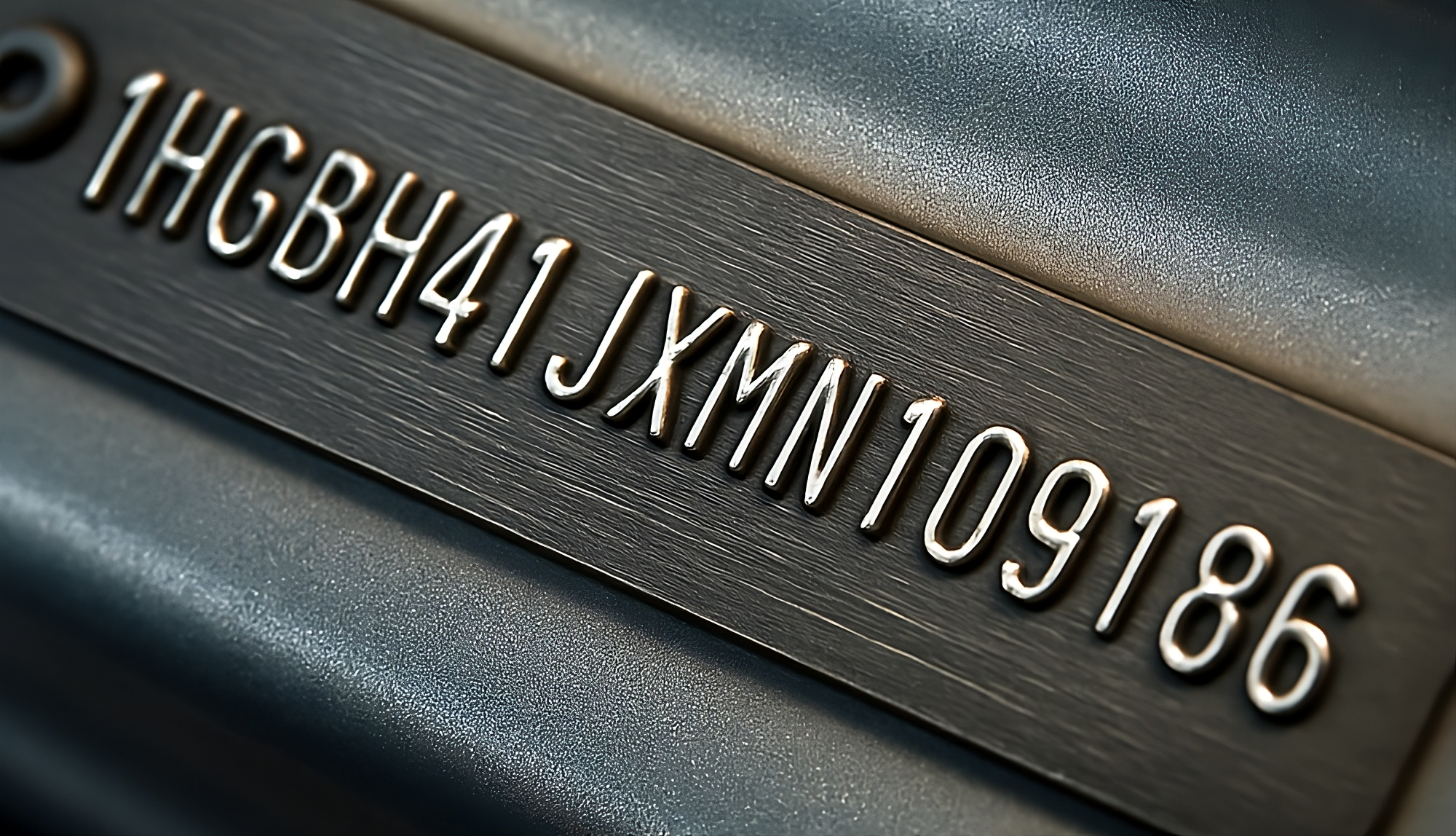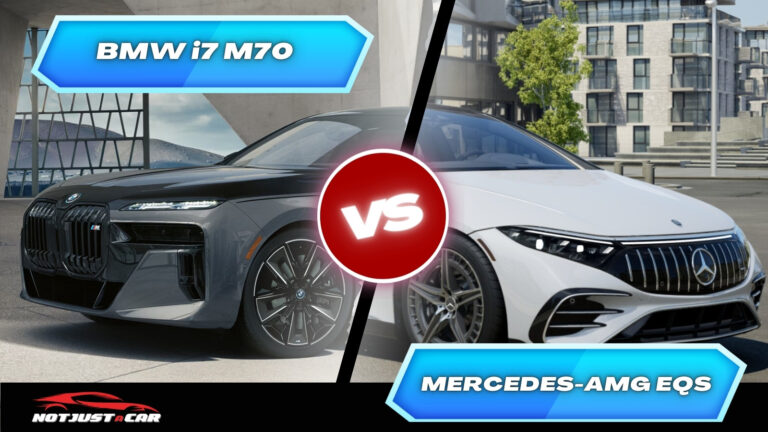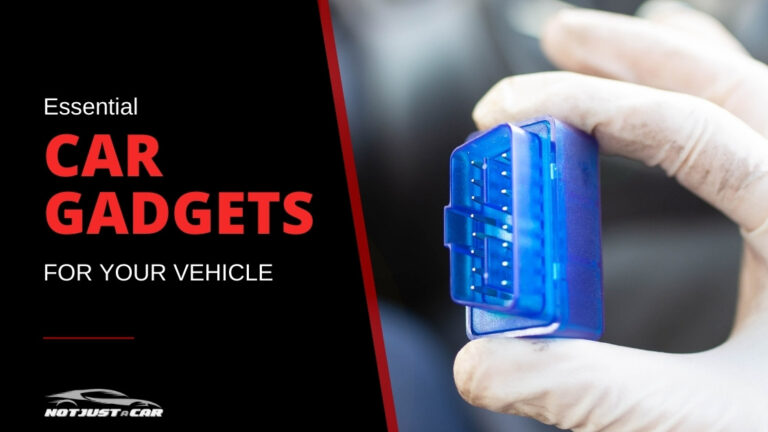The Secret Codes Hidden in Your Car’s VIN Number

Unlocking the secrets hidden in your car’s VIN number is like gaining access to a classified dossier on its entire life story. This practical guide will show you how to decode your vehicle’s birthplace, original specifications, and unique serial number, feeling a bit like a spy uncovering vital intelligence.
VIN Number Secrets – Key Takeaways
- A VIN is your car’s unique 17-character identifier, like a fingerprint.
- The first three digits reveal the World Manufacturer Identifier (WMI) and origin.
- Digits four through nine detail the Vehicle Descriptor Section (VDS), covering specs.
- The final eight digits are the Vehicle Identifier Section (VIS), including model year and serial.
- Decoding your VIN helps confirm specs, track recalls, and verify vehicle history.
What Even Is a VIN, Anyway?
Alright, let’s cut to the chase: your car’s Vehicle Identification Number, or VIN, is basically its personal DNA sequence. It’s a 17-character alphanumeric code that every vehicle gets upon manufacture, kinda like a social security number, but for cars. This isn’t just some random string of letters and numbers, either; it’s a globally standardized identifier under ISO 3779, ensuring that every car built since the early 80s has a unique code. Think of it as the ultimate source of truth for your ride, a comprehensive ledger of its origins and basic configuration. Finding it is usually super easy: check the dashboard near the windshield, the driver’s side door jamb, or often on your registration documents. On my car, it’s also on the left side, under the hood, near the wiper fluid reservoir.
Cracking the World Manufacturer Identifier (WMI): Where It All Began

The journey into your car’s past starts with the very first three characters of the VIN—this is your World Manufacturer Identifier, or WMI. This section tells you a bunch about who built the car and where they’re generally located.
- The first character identifies the geographical region. For instance, a ‘1’ or ‘4’ or ‘5’ usually means North America, ‘J’ points to Japan, and ‘W’ is almost always Germany. My F31 wagon, for example, starts with WBA, which, boom, right there tells me it’s a BMW (WMI: WBA) manufactured in Germany. Pretty cool, right? It’s like finding a secret stamp of origin.
- The second character specifies the actual manufacturer, so for BMW, that ‘B’ after the ‘W’ makes total sense. For other brands, it’s consistent too.
- The third character often indicates the vehicle type or manufacturing division. Sometimes it’s a specific brand division, sometimes it helps differentiate larger manufacturers with multiple vehicle types. It’s all part of the WMI puzzle, giving you a solid foundation for understanding your car’s heritage. Honestly, knowing my car was born in Germany just hits different, you know?
Decoding the Vehicle Descriptor Section (VDS): Your Car’s DNA Blueprint
Next up, we’re diving into the Vehicle Descriptor Section, or VDS, which encompasses digits four through nine. This is where things get really interesting, detailing the specific attributes of your car. This segment is less standardized across all manufacturers than the WMI, meaning what a ‘B’ means in the fifth position for BMW might mean something totally different for, say, a Honda. This is where you might need an online VIN decoder specific to your car’s brand, but the type of info is consistent.
Generally, these digits reveal crucial specs like:
- Body style (sedan, coupe, wagon, SUV, convertible).
- Engine type or engine code (is it a B58, an S54, or something else entirely?). This is super helpful when you’re looking for performance parts or just trying to understand what kind of power plant you’ve got.
- Transmission type.
- Trim level or model series.
- Sometimes even safety features like airbag types or braking systems.
And then there’s the ninth digit: this is almost always the check digit. This single number is used to verify the VIN’s authenticity using a mathematical formula, helping prevent fraud and ensuring the VIN is legitimate. It’s a clever little bit of security embedded right into the code, kinda like a secret handshake. Trying to figure out if that super clean E30 M3 was a real deal or a clone? This section, combined with a good decoder, is your first line of defense, dude.
Unmasking the Vehicle Identifier Section (VIS): The Production Story
The final eight characters, digits ten through seventeen, form the Vehicle Identifier Section, or VIS. This part is unique to your specific vehicle, detailing its production specifics. This is where your car gets its individual identity.
- The tenth digit is one of the most useful: it indicates the model year. This uses a standardized code where letters and numbers represent different years. For example, ‘A’ could be 1980 or 2010, ‘B’ for 1981 or 2011, and so on. It cycles through the alphabet (skipping I, O, Q, U, Z), and then uses numbers. So if you see a ‘L’ in the 10th spot, that points to a 2020 model year. This is super important when trying to figure out if that “late model” really is what the seller claims, or if you’re trying to nail down parts compatibility. I’ve seen some sketchy ads, and this digit is always my first check, fwiw.
- The eleventh digit tells you the manufacturing plant where your car rolled off the assembly line. For BMW, for instance, ‘F’ often means Dingolfing and ‘P’ means Regensburg. Pretty wild to know the exact factory floor your car was birthed on, right?
- The remaining digits, twelve through seventeen, are the sequential production number or chassis number. This is YOUR car’s specific serial number, making it unique among all other vehicles produced by that manufacturer in that model year. No two cars will have the same VIN, period. This is the ultimate proof of identity, the final piece of the puzzle that links everything back to your specific vehicle.
Why Bother? Real-World VIN Hacking
So, why go through all this trouble? Why decode your VIN like some kind of automotive spy? Because this isn’t just trivia; it’s POWERFUL information, especially when you’re dealing with used cars or maintenance.
- Buying Used Cars: As enthusiasts, if you’re looking for the perfect starter project car, you need to first get its VIN. You can then cross-reference the decoded specs (engine, trim, body style) against the seller’s claims. If they say it’s an M-Sport but the VIN says it’s a base model, you’ve just uncovered a lie. This can save you from buying a lemon or an incorrectly advertised vehicle. It’s like having X-ray vision into the car’s true identity.
- Ordering Parts: Ever tried to order a specific part and realize there are three different versions for the “same” year and model? Your VIN will give you the exact details needed to ensure you get the right part every single time. No more guessing if you need the early or late production version of that water pump.
- Checking Recalls: Manufacturers issue recalls all the time. Your VIN is the key to checking if your specific vehicle has any outstanding recall notices. Just punch it into the manufacturer’s official recall checker or the NHTSA database (if you’re in the US), and you’ll know instantly. Safety first, people!
- Vehicle History Reports: Services like CarFax or AutoCheck use the VIN to generate comprehensive reports on a car’s past—accidents, title issues, previous owners, service history, odometer discrepancies. This is arguably the most crucial step when buying used. The VIN unlocks a full dossier on the car’s entire life, exposing any hidden secrets or red flags. It’s your ultimate pre-purchase inspection tool, helping you avoid a money pit.
FAQ
Where can I find my car’s VIN?
You’ll typically find your VIN on the driver’s side dashboard visible through the windshield, on a sticker inside the driver’s side door jamb, or on your vehicle’s registration and insurance documents.
Are all VINs 17 characters long?
Virtually all vehicles manufactured for sale in North America since 1981, and most globally since then, use the standardized 17-character VIN.
Can a VIN be faked?
Yes, VINs can be tampered with or swapped, which is why it’s crucial to check multiple VIN locations on the car and compare them to documentation.
Does the VIN tell me the paint code?
While the VIN itself doesn’t directly encode the paint color, many online VIN decoders, especially manufacturer-specific ones, can retrieve the original paint code using the VIN.
What about older cars with shorter VINs?
Vehicles manufactured before 1981 typically have shorter VINs (often 11 to 13 characters) that are not standardized, making decoding more challenging and brand-specific.







